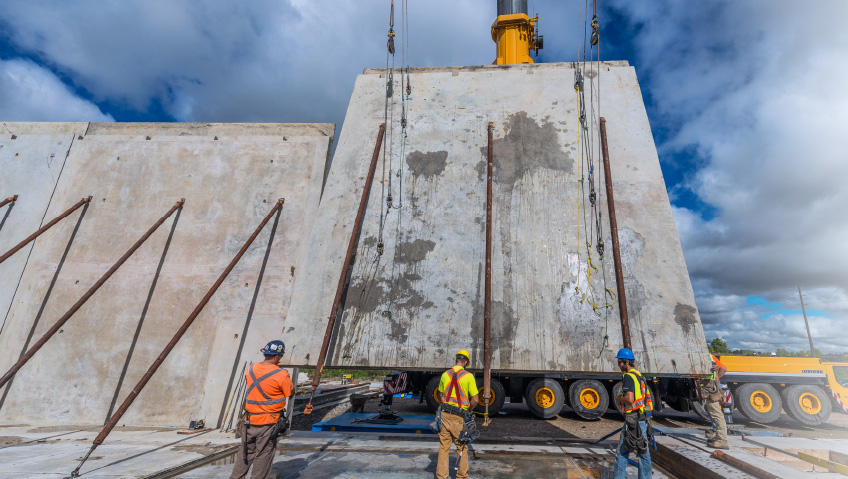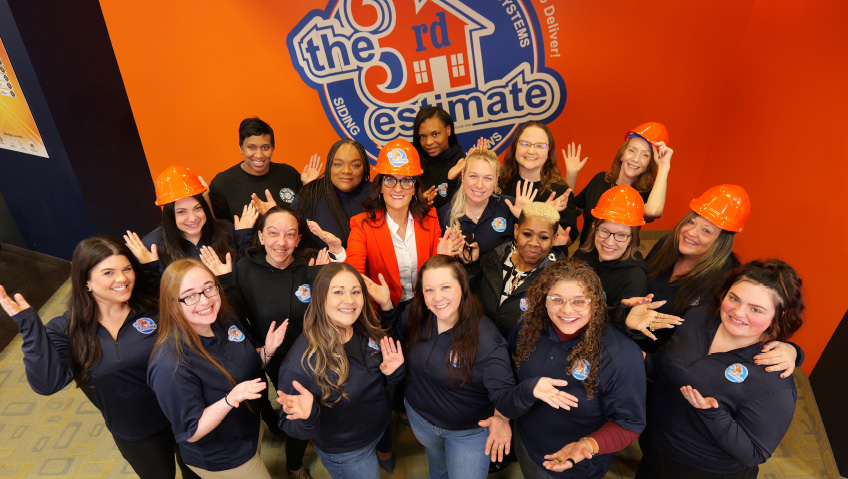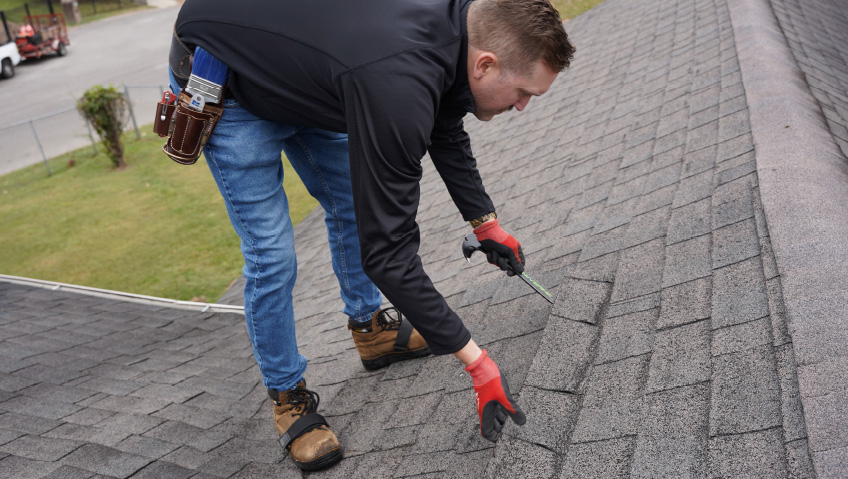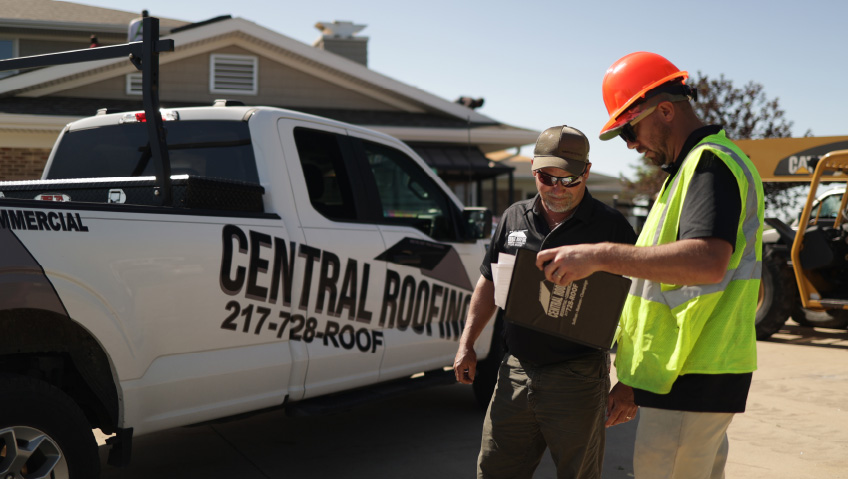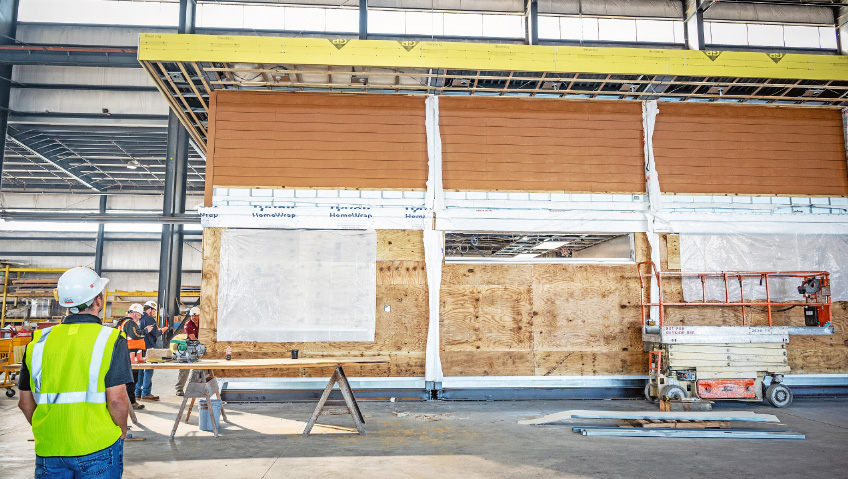Across Canada, the lack of housing remains a challenge for all levels of government. A key issue during political campaigns such as Toronto’s recent mayoral by-election, inadequate housing supply was one of the few topics which saw all candidates share common ground. As our population keeps growing, and hundreds of thousands of immigrants call Canada home every year, so does the demand for places to live.
The Ontario Home Builders’ Association (OHBA) has long emphasized the urgent need for more housing in the nation’s most populous province. It is estimated that at least a million new homes will need to be built over the coming decade as Ontario far surpasses its current population of 14.53 million. As the voice of Ontario’s building, land development, and professional renovation sector, the OHBA champions the residential construction sector.
Representing 4,000 member companies organized into 27 local associations Ontario-wide, this voluntary Association provides powerful advocacy efforts, including serving on Ontario task forces, collecting, analyzing, and distributing information to all members and the public, promoting housing choice and affordability, and many other valuable initiatives.
OHBA Job Ready Program
In Canada and the United States, the issue of a housing shortfall is multifaceted. More than a matter of supply, affordability, and rising interest rates, a primary factor is the lack of skilled trades to build new homes and renovate existing ones.
In Canada, about 5,000 Baby Boomers retire every week; in the U.S., some 10,000 Boomers reach age 65 every day. Many of them dedicated decades to the building industry, but sadly take their expertise into retirement with them. Combined with a dearth of younger persons entering secure, well-paying professions like carpentry, electrical, and plumbing, this means there just aren’t enough skilled men and women on job sites.
“We are focusing on bringing in workers because if you don’t have the workers, you can’t make the homes,” says Sajida Jiwani of OHBA. “In the next ten years, 90,000 workers will leave and retire. We have to adjust and hire at least 116,000 to 220,000 new trades.”
Before becoming OHBA’s Chief Operating Officer two years ago, Jiwani gained considerable experience in other roles, including that of account manager and business manager. Passionate about the Association and its mission, she is driven by the vision of more and more people entering the construction trades in the province.
The OHBA Job Ready Program is helping fill the province’s construction sector gap. New workers from under-represented groups are provided with fundamental building and safety training. From there, they are partnered with employers for a paid work experience where they are “supported with on-the-job training and mentorship to introduce participants to a career in the construction industry,” according to the Job Ready website.
“There is no better time to prepare new workers for the construction sector, which is expected to see increased demand over the next several years due to major construction projects planned across Ontario. With our focus on recruiting groups currently underrepresented in the industry, we’re also contributing to a more diverse and inclusive future workforce.”
Building on success
Receiving funding from the Ministry of Labour, Immigration, Training and Skills Development of Ontario for the past three years has enabled the OHBA Job Ready Program to put together comprehensive programs to introduce unskilled workers to the market.
A work in progress, the first year saw Job Ready building a path for students to gain soft skill training, such as in ethics, Ministry of Labour training, and House 101 construction. In a short time, students were taught the basics, including how to use a tape measure and technical terms used on construction sites. The second year of Job Ready saw further refinements.
In its third year, a second level of training called Level Up was introduced. This provides two weeks of necessary soft skills and four weeks of the Level Up boot camp. This is being undertaken through a partnership with Skilled Trades Canada and a trade school that helped put the program together.
Over four weeks, participants will learn about measuring, flooring, framing, some electrical, and how to work on a job site as they build a bathroom from the ground up. Classes are limited to 21 so they are manageable. “And I can tell you one thing,” says Jiwani, “all of these participants have come to class.”
Job Ready does not involve any cost to the trainees, and personal protective equipment (PPE) is provided. Applicants must meet certain requirements. These include being at least 18 years of age, able to work 40 or more full-time hours per week during placement, eligible to work in Canada, and holding a driver’s license. Although there is no cut-off age, and the program has seen some older adults, most participants are from 21 to 27 years of age. Some are starting out on their working lives, while others are changing careers.
The first cohort of Job Ready comprised 145 participants, and the second, 155. Continuing to grow, the next round will see 170 applicants selected. Paid work placements will be with Ontario employers in areas in Niagara, Simcoe, Hamilton, St. Thomas, Durham, Quinte, Kitchener/Waterloo, and Ottawa.
Program participants will receive payment from their employers during their placement period. Very much a win-win situation, employers will receive $1,500 for each employee they place who is taken on by the company. This is especially beneficial for smaller companies in the province.
“For larger companies, it’s not about the money. It’s about finding that confident, skilled worker,” says Jiwani.
Sometimes, she notes, employers aren’t even asking for the money, which is still sent. Many employers view hiring Job Ready candidates, whether as general construction labourers, carpenter’s assistants, sales and administrative support staff, or in other roles, as a boost to their business.
Applications for Round Four of Job Ready open in September, to be submitted by October. Approval will take place at the end of March 2024, with the program starting on April 1.
Building careers
Some of the reasons behind the program’s success include the roles of enerQUALITY and buildABILITY. The Number One certifier of energy-efficient housing in Canada, enerQUALITY works on behalf of the OHBA, providing Job Ready candidates. enerQuality manages the program and serves as a partner together with buildABILITY, which creates tools supporting change initiatives and is in charge of the employer portion of the program.
Potential candidates are identified through career fairs, high schools, email information sessions, and a recruitment firm. Interested persons can access the Job Ready website at https://www.ohbajobready.ca/ for more information on training.
“We make sure that we put participants in the program of their choice, and ask if they really want to be in construction,” says Jiwani. She praises Skilled Trades Canada for its model, which utilizes a three-month-long course. Seeing their programming was what prompted her to wonder what results could be achieved in a single month, instead of three. As the program evolves, the next cohort will dismantle the bathroom that was built by students in the previous session and then reassemble it, giving students experience in both demolition and construction.
Eager to share the Job Ready model with others, Jiwani is in talks with Alberta about licensing agreements. “What I’m trying to reach with this programming, and the funding we’re receiving from the ministry, is how to make it a sustainable model. This could include providing a bank of employees or licensing to other provinces,” she says.
“Every member of my organization knows they have to make an impact to make sure we resolve the issue or help make a massive dent in skilled trades. My members are all on board with this program, and there’s a lot of support.”


